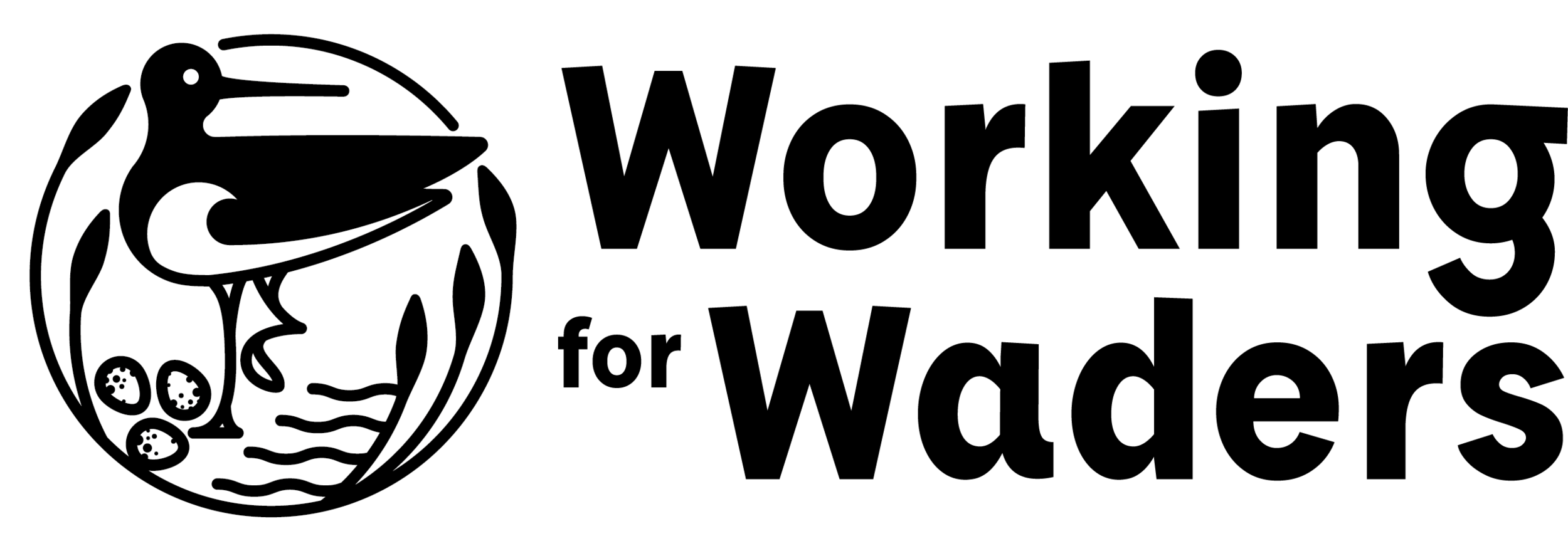Time for Action!
A curlew's nest on heather moorland
Agreement, in principle, has been sought to fund a suite of actions with input from a range of stakeholders including British Trust for Ornithology, Game & Wildlife Conservation Trust, James Hutton Institute, Royal Society for Protection of Birds, Scottish Agricultural College, Scottish Land & Estates, Scottish Natural Heritage, Scotland’s Rural College and a broad cross-section of landowners and managers. A detailed implementation plan is being developed to deliver on these actions over the next 10 months. The actions include:
1) Identify wader priority areas
This will help to iInform decisions about where to focus management and other conservation-related actions for waders.
2) Produce a Wader Project Map
Develop and expand the map showing local action for waders across Scotland.
3) Explore Wader Facilitation Fund
Work up concept for ‘farmer cluster’ working for wader conservation in future agri-environment schemes to inform future facilitation fund.
4) Identify solutions to blockages to working collaboratively
Produce short report identifying main issues and proposing practical solutions to blockages.
5) Carry out wader monitoring & conservation in East Scotland
Based on continued farm survey, advisory, liaison and management planning work.
6) Develop wader fieldwork guidance
Develop guidance material to help a wide variety of stakeholders select the most appropriate field methods for collecting information on wader numbers and productivity.
7) Scope a Wader information Hub
An information Hub will provide a central repository for wader data to allow the outcomes of ongoing management and monitoring to be widely reported and shared.
8) Develop a Wader Website
Website as “project home” will contain information on waders/project partners.
9) Produce Best Practice Guidance on waders
Produce Best Practice Guidance on managing land for waders as part of the Principles of Moorland Management.
The recent social and mainstream media focus on SNH’s granting of a licence to explore whether wader recovery can be improved by the reduction of non-breeding ravens in Strathbraan has resulted in some asking how this decision links to Working for Waders. The answer is that the licence application was developed before Working for Waders was set up to consider actions. However data generated from the trial should help inform Working for Waders moving forward. Future blogs on this site will provide further details.

